Audio Software Development
Audio software development has evolved significantly in recent years, reflecting a growing interest in replicating the sounds and functionalities of classic electronic instruments and effects. As music production continues to shift towards digital environments, the demand for high-quality audio plugins has surged. Developers are now able to harness advancements in technology and computational power to recreate the intricacies of traditional hardware, providing musicians and producers with virtual instruments that authentically capture the essence of their analog predecessors.
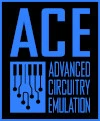
The rise of digital audio workstations (DAWs) has played a crucial role in shaping the landscape of audio software development. These platforms have allowed for more seamless integration of virtual instruments and effects, enabling users to achieve professional-quality results without the constraints of physical equipment. This not only democratizes music production but also encourages a deeper exploration of sound design, allowing both novice and experienced musicians to experiment with classic timbres in innovative ways.
Moreover, the realm of audio software development is not limited to mere emulation; it is also a space of creativity and experimentation. Developers are now able to implement machine learning algorithms, advanced signal processing techniques, and user feedback to enhance the realism and functionality of these digital replicas. This technological progress means that users can expect more intuitive interfaces and additional features that were once unavailable in traditional hardware units. As developers continue to push the boundaries of what is possible, the virtual instrument landscape expands, offering an extensive array of sounds that can inspire new musical avenues.
This niche within the music production community is vital, as it serves both as a homage to the past and a stepping stone to the future. With the balancing act of innovation and tradition, audio software development remains an exciting field, particularly as we enter 2025 and beyond. As we continue to explore this topic, we will delve deeper into the techniques and tools that empower developers to create authentic virtual instruments and effects.
The Evolution of Electronic Instruments and Effects
The evolution of electronic instruments and effects represents one of the most significant developments in the musical landscape throughout the 20th and 21st centuries. The journey began in the early 1900s with pioneers like Thaddeus Cahill, who created the Telharmonium, an early attempt to synthesize sound electronically. This foundational invention paved the way for more sophisticated devices, leading to the introduction of the theremin and the ondes Martenot in the 1920s and 1930s, which showcased the expressive potential of electronic sounds in performance and composition.
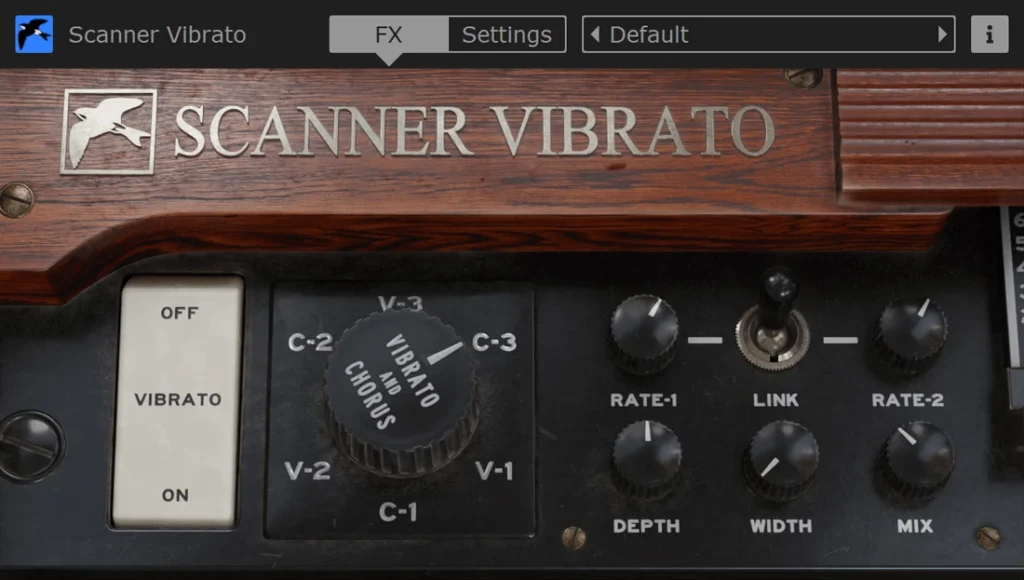
As technology advanced, the 1960s and 1970s witnessed the emergence of seminal instruments such as the Moog synthesizer. This innovation allowed musicians to explore completely new sound palettes and contribute significantly to the development of genres such as progressive rock and electronic music. The flexibility of these synthesizers, combined with innovations in multi-track recording technology, enabled artists to layer and manipulate sounds in unprecedented ways, exemplified by works from pioneers like Kraftwerk and Brian Eno.
The introduction of digital technologies in the 1980s led to the creation of MIDI (Musical Instrument Digital Interface), which revolutionized how musicians interacted with electronic instruments and software. This period also saw the rise of iconic samplers and drum machines, such as the Akai MPC series and the Roland TR-808, which became integral to hip-hop and electronic dance music. The ability to sample and manipulate audio further influenced modern music production, allowing for a greater range of creativity and expression.
related articles:https://asadmarket.com/wp-admin/post.php?post=820&action=edit#/
In contemporary times, advancements in software development have given rise to virtual instruments and digital effects that continue to push the boundaries of sound. Software synthesizers and plugins now provide musicians with powerful tools to create complex soundscapes and manipulate audio with precision. As we look toward 2025 and beyond, understanding this evolutionary path highlights not only the history of electronic instruments but also their pivotal role in shaping modern music and the creative process of artists today.https://asadmarket.com/wp-admin/post.php?post=820&action=edit#/
Passion for Authenticity in Sound Modeling
In the ever-evolving field of audio software development, a significant emphasis is placed on authenticity, particularly when it comes to recreating the sound of classic instruments. Developers are motivated by a profound passion for preserving the rich tonal qualities and unique characteristics inherent in vintage gear. These early devices, known for their analog warmth and distinct characteristics, are often the benchmark against which modern digital instruments are evaluated. The challenge in accurately mimicking such qualities lies in the complexity of the original circuitry and the individual nuances that each instrument introduces.
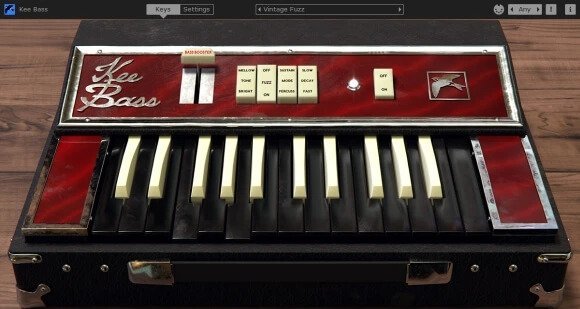
Numerous challenges arise during the sound modeling process. One key issue is replicating the inherent non-linearity and variability of analog equipment, which contributes to its characteristic warmth. This requires an intricate understanding of how these instruments behave under various conditions, from gentle playing styles to intense articulation. Developers utilize a combination of advanced sampling techniques and sophisticated algorithms to emulate the dynamics of these instruments. For instance, they might employ convolution reverb to simulate the acoustic spaces in which these classic instruments thrived, further adding layers of authenticity to the virtual versions.
Another technique often leveraged is physical modeling synthesis, which aims to simulate the actual physical properties of an instrument, offering a more organic sound. This method captures the intricacies involved in sound production—such as resonance, articulation, and tonal variations—resulting in a more lifelike replication. Moreover, the collaboration between musicians and developers proves invaluable; through field recordings and feedback, the nuances of each sound can be fine-tuned to ensure that modern recreations retain an essence true to the originals.
The pursuit of authenticity is both a challenge and a driving force for audio software developers. Their commitment to honoring legendary instruments is evident in the quality and detail that modern virtual instruments and effects achieve, allowing a new generation of musicians to experience and manipulate the sounds that have shaped music history.
Types of Audio Plugins: Virtual Instruments and Effects
In the realm of audio software development, the two primary categories of audio plugins are virtual instruments and virtual effects. Each of these plugin types serves distinct functions within the music production workflow, catering to the creative needs of composers, producers, and sound designers alike.
Virtual instruments, commonly referred to as VST plugins, emulate real-world instruments or create entirely new sounds through synthesis and sampling techniques. These plugins range from traditional instruments such as pianos, guitars, and drums to innovative synthesizers that generate complex soundscapes. Many different types of virtual instruments exist, including sample-based instruments, physical modeling synthesizers, and granular synthesizers. Their versatility allows musicians to incorporate a wide array of tonal qualities into their compositions, enhancing both the expressive and technical aspects of music creation.
On the other hand, virtual effects, often known as audio units, are designed to modify or enhance audio signals. They play a crucial role in mixing and sound design by applying various processing techniques, such as equalization, reverb, delay, and compression. Each effect serves a specific purpose; for instance, reverb can create an immersive spatial environment, while equalization allows for tonal adjustments to shape the overall sound. The integration of these effects within a digital audio workstation (DAW) optimizes the mixing and mastering processes and contributes to a polished final product.
In summary, understanding the distinction between virtual instruments and effects is vital for anyone involved in audio software development or music production. Both categories of plugins enhance the creative workflow by providing an extensive palette of tools for sound generation and manipulation, thus fostering innovation in contemporary music. As audio software continues to evolve, the capabilities and applications of these plugins are expected to advance, further enriching the art of music production.
Key Technologies in Audio Plugin Development
In the context of audio plugin development, several key technologies and programming languages have emerged as essential tools for developers aiming to create high-quality virtual instruments and effects. One of the most widely adopted frameworks is JUCE, an open-source C++ library designed specifically for audio applications. JUCE streamlines the development process, offering a robust set of features that support various platforms, including Windows, macOS, and mobile devices. Its comprehensive environment allows programmers to manage audio streams efficiently and create intricate user interfaces, thus enhancing the overall user experience.
C++ remains the foundation for many audio plugin development projects, primarily due to its performance and flexibility. The language allows for low-level memory management and real-time processing capabilities essential for high-quality audio applications. Developers can create DSP (Digital Signal Processing) algorithms, which are vital for achieving superior sound quality in plugins. Moreover, C++ enables the integration of high-performance libraries and frameworks, further enhancing the capabilities of audio software.
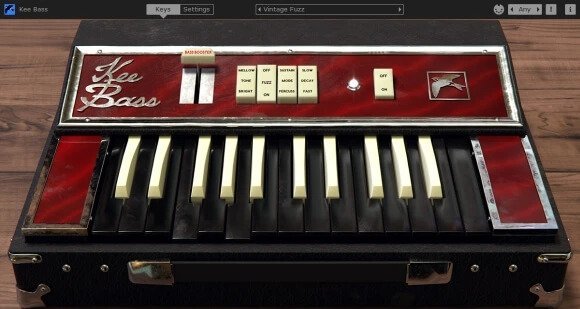
In addition to JUCE and C++, other programming languages like Rust and Python have begun to gain traction within the audio community. Rust, with its emphasis on safety and performance, offers a compelling alternative for developers interested in building audio applications without compromising efficiency. Python, while not performance-centric, is often used for prototyping and scripting within the audio domain, enabling developers to quickly iterate on ideas before final implementation in more robust languages.
As technology continues to evolve, developers must stay informed about the latest advancements in audio plugin development. These technologies not only impact the sound quality but also shape the user experiences that ultimately define modern virtual instruments and effects. Thus, understanding and adopting these cutting-edge tools is crucial for anyone seeking to thrive in the competitive world of audio software development.
The Role of User Feedback in Plugin Development
User feedback is pivotal in the plugin development process, particularly in the context of audio software tailored for virtual instruments and effects. Developers rely heavily on insights gathered from musicians, producers, and sound designers to fine-tune their products. By adopting a user-centered approach, companies can create tools that not only meet professional standards but also resonate with the needs of their users. This collaborative ethos fosters a sense of community and encourages a continuous cycle of innovation in audio software.
The iterative development process inherently requires a feedback loop, wherein initial iterations of a plugin are tested by end-users. This may involve beta testing phases where select users have the opportunity to utilize early versions of the software. The feedback collected during these phases serves a dual purpose: it highlights issues requiring attention and suggests enhancements that may not have been previously considered by developers. For instance, features that may appear technically sound might still fail to deliver the necessary user experience. It is through this lens that feedback truly shapes the development journey.
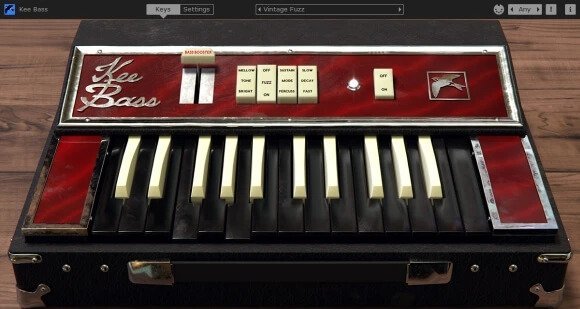
Successful case studies abound that exemplify the significant influence of user feedback. One notable example is the evolution of a widely-used reverb plugin that underwent substantial modifications based on user suggestions regarding interface usability and specific sound characteristics. Users expressed that they desired more straightforward controls, leading the developers to redesign the interface for enhanced accessibility. As additional updates rolled out, the plugin not only gained a more loyal user base but also stood out in a crowded market as a result of these tailored improvements.
In essence, the integration of user feedback into the plugin development process is essential to creating high-quality, relevant audio software. Developers must cultivate strong relationships with the community, ensuring that the evolution of their plugins remains closely aligned with user expectations and needs.
The Future of Audio Software: Trends and Innovations
As we approach 2025, the landscape of audio software development is poised for transformative shifts, driven largely by advancements in technology and user demands. One prominent trend is the integration of artificial intelligence (AI) into audio software, which has the potential to revolutionize how musicians create and interact with virtual instruments and effects. AI algorithms can offer smarter suggestions, automate mixing processes, and even analyze musical compositions for optimization, significantly enhancing the creative workflow for producers and composers.
Another significant area of innovation is the evolution of user interfaces. As audio software becomes more complex, developers are focusing on creating intuitive interfaces that prioritize user experience. This includes dynamic visualization tools that provide real-time feedback and interactive elements that engage users, making the process of music creation more accessible to individuals at varying skill levels. The trend toward simplicity in design, complemented by increased functionality, is a response to the need for more cohesive and user-friendly audio production environments.
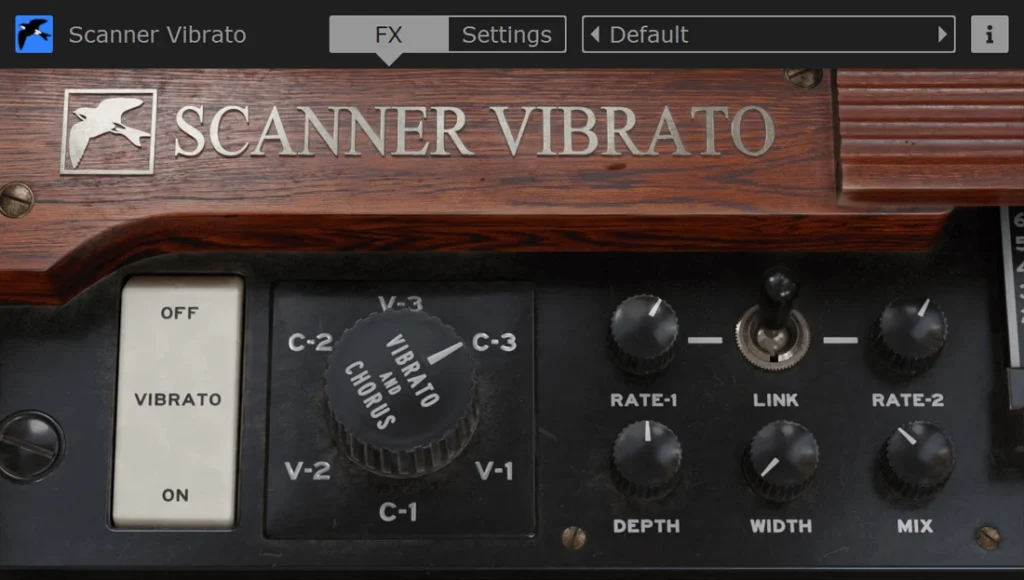
Cloud-based solutions are also rising to prominence, allowing for seamless collaboration among musicians, producers, and sound designers across geographical boundaries. These platforms facilitate real-time sharing and editing of audio projects, improving efficiency and enabling creative partnerships that were previously limited by physical distance. The cloud not only enhances accessibility but also strengthens community building within the music industry by connecting artists without the constraints of traditional studio environments.
As we look ahead, the potential impact of these trends on the music industry is substantial. Enhanced audio software will likely empower artists to explore new creative avenues, fostering innovation. By harnessing AI, developing user-centric interfaces, and leveraging cloud technologies, the future of audio software is set to enrich the artistic landscape, unlocking new possibilities for sound creation and collaboration.
Spotlight on Leading Audio Software Developers
The audio software industry has seen remarkable growth and innovation, especially in the realm of virtual instruments and effects. Several prominent audio software developers have emerged as leaders in this space, making significant contributions that shape the way musicians and producers interact with sound. These developers combine technical expertise with a deep understanding of music production, resulting in powerful tools that enhance creativity and streamline workflows.
One of the industry frontrunners is Native Instruments, renowned for their innovative software and hardware solutions. Founded in 1996, their flagship products, such as Kontakt and Komplete, have become staples in music production. Kontakt, a sampler that allows for incredibly detailed and expressive instrument creation, has garnered a dedicated user base, while the Komplete suite offers a comprehensive range of virtual instruments and effects, catering to various musical needs.
Another important player is Spectrasonics, celebrated for its unique synthesis techniques and high-quality sound libraries. Their flagship plugin, Omnisphere, is particularly noteworthy as it combines sampling and synthesis, allowing musicians to create a wide array of sounds, from traditional instruments to experimental tones. The depth of its sound design capabilities has made it a favorite among professional composers and producers.
Additionally, Output has gained recognition for its innovative approach to sound creation. Their standout products, like Movement and Exhale, focus on cinematic soundscapes and vocal tools that push the boundaries of traditional music production. By offering unique audio engines that blend various sounds, Output enables users to achieve complex textures in their productions.
Lastly, FabFilter is widely admired for its high-end audio processing plugins. Their plugins stand out due to their intuitive user interfaces and exceptional audio quality. Notable products like Pro-Q and Pro-C have transformed how mixing and mastering engineers approach their craft, making intricate audio adjustments more accessible.https://martinic.evyy.net/c/6077345/1265663/4482
These developers exemplify excellence in audio software development, continuously delivering products that elevate the artistry of musicians and sound designers worldwide.
Conclusion: The Soundscapes of Tomorrow
The landscape of audio software development has undergone a significant transformation, establishing itself as an essential component in the realm of music production. As we look towards the future, it becomes increasingly evident that audio software developers play a crucial role in crafting the soundscapes of tomorrow. With the constant evolution of technology, these developers are not just maintaining an industry but are actively redefining it, balancing nostalgia for classic sounds with groundbreaking innovations.

This delicate equilibrium between honoring traditional audio techniques and embracing cutting-edge advancements is vital for the successful creation of virtual instruments and effects. As music evolves, so too must the tools that musicians and producers rely on. By integrating modern technology with time-honored acoustic principles, audio developers are fostering an environment where creativity can flourish. Streamlining workflows through intuitive interfaces and offering expanded sonic palettes allows artists to explore their creative potential without limitation.
Furthermore, the audio plugins designed in this era are reflective of our collective experiences, tying the emotional resonance of music with technological capabilities. As these tools become more accessible and user-friendly, they lower barriers for emerging artists, allowing a broader demographic to engage in music production. This democratization highlights the importance of community feedback in the development process, ensuring that these virtual instruments cater to the diverse needs of today’s musicians. With ongoing advancements in artificial intelligence and machine learning, one can only anticipate the next wave of imaginative tools that audio developers will unveil.
In pondering the future of music creation, it is imperative for both artists and developers to cultivate a spirit of exploration and collaboration. By embracing the evolving world of audio plugins, we can ensure a vibrant future for music production, characterized by rich and diverse soundscapes that resonate with audiences for generations to come.
Specifications:
- Physical Modeling – Uses physical modeling instead of samples for authentic sound.
- Sound Options – Includes Bass Fuzz, Sustain, and Percussion (Fast/Slow).
- Tone Settings – Offers Bright and Mellow tone variations.
- Keyboard Range – Two-octave keyboard with extended 128 MIDI note range.
- Modulation Features – Low-pass filter with resonance, LFO, and envelope modulation.
- Additional Controls – Velocity sensitivity, pitch bend, MIDI learnable settings.
- Polyphony Mode – Primarily monophonic but has note priority options.
- System Requirements – Compatible with Windows 7+ and macOS 10.9+ (VST & AU formats).



